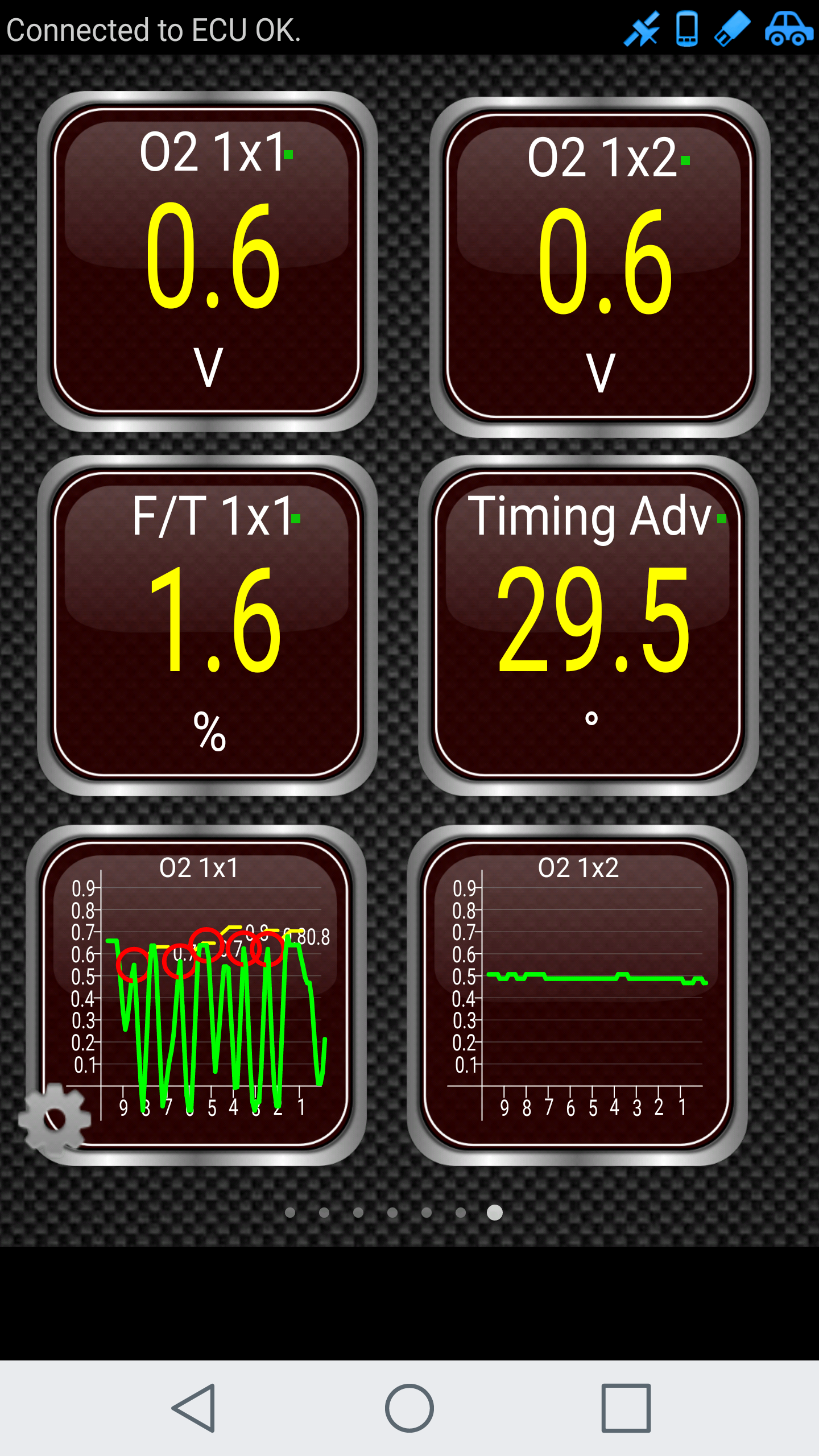So saw a video on Youtube about swapping the injectors from the 4.7l dodge engines to a different one. Well I have been wanting to do it and it was time to change the O2 sensors as the mileage was starting to drop. Well while looking through rock auto I decided to look at some injectors as well since mine have about 200k on them and are probably flowing a little crappy.
Anyway saw what was considered the factory injector for my 03 which is a two hole compared to some of the injectors with 4 holes and what a difference.
Here is the conversion buy an Aussie in a 4.7l jeep.
He puts some information about the injectors below the video and come to find out what they are selling on ebay as upgrade injectors are basically injectors for an 03 Ford Focus 2.3l... which I was able to pick up brand new for 17.09 each. Ebay is selling used ones with who knows how many miles on them for nearly the same amount.
The vid I will insert is the comparison of the old style injectors similar to what I had compared to the "upgrade" a place sells start it at .45 seconds to see the difference. The old 2 hole looks like a squirt gun compared to the mist from the 4 hole. I am pretty sure that the finer the spray the better the burn will be right?
Well the 12 hole injectors should be super fine and on top of it all they are working perfectly now based on the trim and O2 sensor readings. The graphs are a little off for their actual value to the readings but the upstream is running .08V to .02V and the downstream is pretty steady around .05V to .06V with the fuel trim around the same as it was for the original injectors which was bouncing near 0 once warmed up. Ran this at about 1500 to 2000 rpm.

Anyway saw what was considered the factory injector for my 03 which is a two hole compared to some of the injectors with 4 holes and what a difference.
Here is the conversion buy an Aussie in a 4.7l jeep.
He puts some information about the injectors below the video and come to find out what they are selling on ebay as upgrade injectors are basically injectors for an 03 Ford Focus 2.3l... which I was able to pick up brand new for 17.09 each. Ebay is selling used ones with who knows how many miles on them for nearly the same amount.
The vid I will insert is the comparison of the old style injectors similar to what I had compared to the "upgrade" a place sells start it at .45 seconds to see the difference. The old 2 hole looks like a squirt gun compared to the mist from the 4 hole. I am pretty sure that the finer the spray the better the burn will be right?
Well the 12 hole injectors should be super fine and on top of it all they are working perfectly now based on the trim and O2 sensor readings. The graphs are a little off for their actual value to the readings but the upstream is running .08V to .02V and the downstream is pretty steady around .05V to .06V with the fuel trim around the same as it was for the original injectors which was bouncing near 0 once warmed up. Ran this at about 1500 to 2000 rpm.










 Of course, the lift mods
Of course, the lift mods  ) really killed me. 3 alternators doesn't help much, either!
) really killed me. 3 alternators doesn't help much, either!